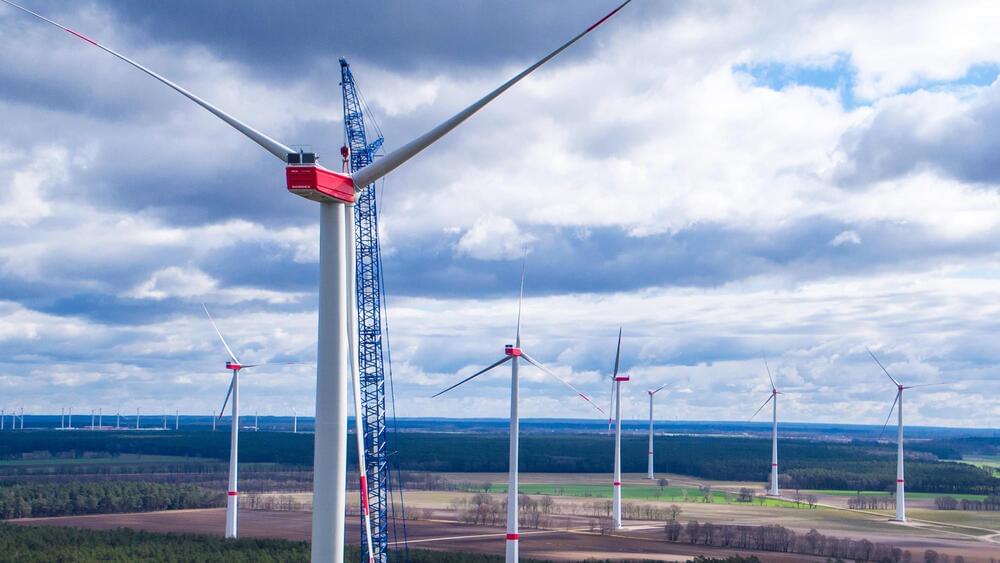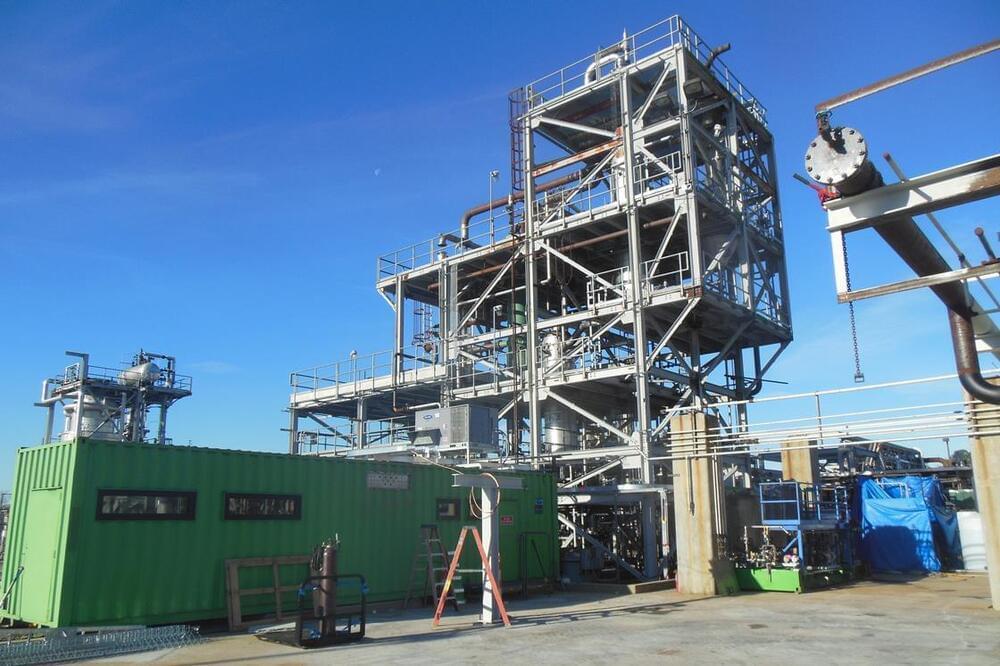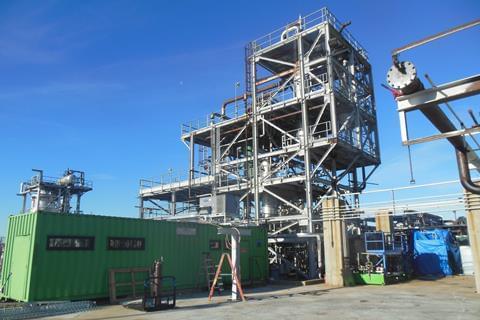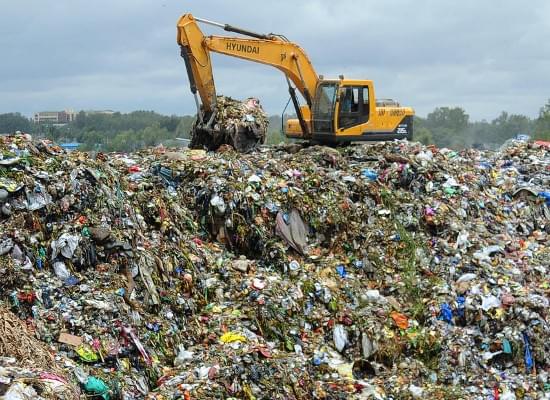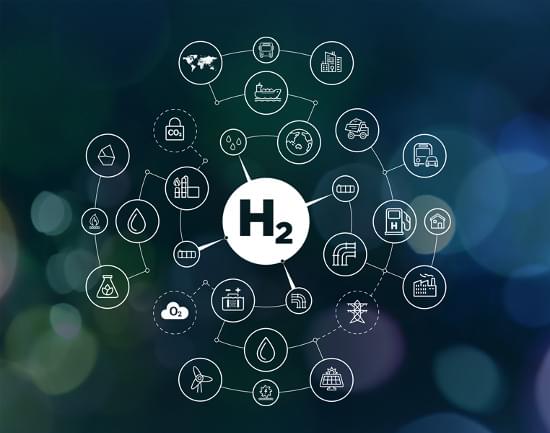Tesla will sell car insurance, but electric-vehicle insurance and repairs are more expensive than for traditional cars. Here’s why.
The average cost of repairs are nearly 3% higher for a small EV versus a small internal-combustion engine car, says CCC Intelligent Solutions, a data and consulting firm that has examined the impact of EVs on the automotive, insurance and repair industries.
The same researchers found that spending on replacemet parts as a share of the overall repair costs was higher for a small EV despite that EV having 9.1 parts replaced per claim on average, versus 9.6 parts for small ICE cars. Access the full report here.
“The repair and replacement parts for many components of EVs are different from gasoline cars, and their relative scarcity/lack of economies of scale, plus their higher price, means that the insurance premiums to cover them are also higher,” said Lane of the University of Kansas.


